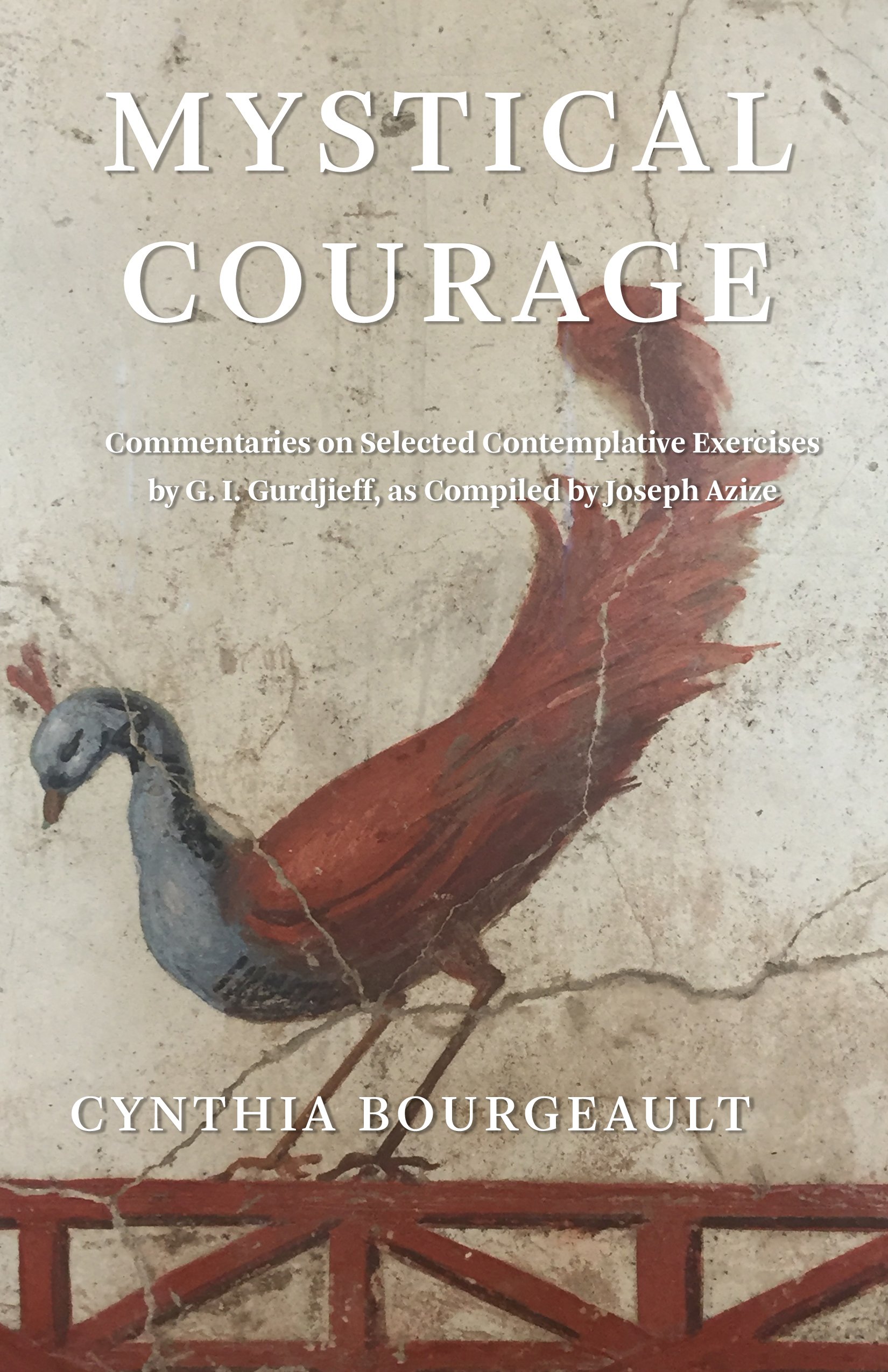
Blog

Constraint and the Common Good
From everything I’ve said so far about flow systems and keeping the infrastructure rolling, you may get the idea that any form of constraint is an intrinsic obstacle to the common good. And yes, this proposition has been periodically aired both politically and economically and has its diehard libertarian advocates.

Reimagine the Common Good: The Common Good as Good, Part 2
The second take-away from this more “thermodynamic” approach to the common good (again an easier stretch if you’ve already worked with Eye of the Heart) is that since we are fundamentally dealing with subtle energetic substances here (not abstract moral qualities), increasing that overall quantum of wellness can happen at either end of the stick …

REIMAGINING THE COMMON GOOD: The Common Good as Good, Part 1
The third aspect to note about the common good as it manifests in the Integral structure of consciousness is that it is, well, good. It is not just virtuous, righteous, dutiful, or morally correct, but palpably satisfying, like a home-cooked meal or a warm hearth on a cold winter night.

Autopoiesis: A Continuing Blog Series on the Common Good
The second major shift as we approach the question of the common good through the Integral structure of consciousness is, I believe, that we will increasingly understand it as an emergent property of a self-specifying system—or in other words, not as an externally imposed template of “right conduct,” but as innate “inner knowingness” that emerges within a living system that has achieved the capacity for autopoiesis, or internal self-regulation.

The Common Good from an Evolutionary Perspective
So let’s begin by situating our inquiry on a Gebserian roadmap. Clearly that places our inquiry into the Common good (like just about everything else presently weighing on our hearts and minds) on the evolutionary cusp between two structures of consciousness.

Evolutionary Theory and the Common Good: The Beginnings of a Wisdom Inquiry
One of the more surprising revelations to grow out of our winter’s pilot “Civics for Wisdom Students” project has been the growing realization that while our Constitution pays lips service to “the Common Good,” it actually makes very little constitutional provision for it.

Enstasy: Exploring Jean Gebser, Lesson 14
The term “ecstasy” comes from the Greek ec-stasis, “standing outside of oneself.” Its opposite is “ENSTASY,” a term I first encountered in Valentin Tomberg’s profound discussion of the subject in Meditations on the Tarot (pp. 309-311). It means centering in oneself: becoming fiercely, alertly coiled within one’s own “I Am” presence, such that one becomes a center of gravitation in one’s own right.

Go Beyond the Mind, LESSON 13
When I say that the ability to access and sustain the Integral structure of consciousness is developmental, I mean just that: it is fundamentally a question of physiology, rather than of moral virtue or mystical yearning. We cannot think, pray, meditate, or conceptualize our way to it. It is fundamentally a matter of preparing the entire body to receive it.

Leaning In - A letter from Cynthia
By now the word is out that I am officially stepping back from active duty as a core faculty member at the Center for Action and Contemplation. As a newly minted “faculty emeritus,” I will no longer actively teach in the Living School or be a regular presence at CAC symposia and conferences. My course material will continue to factor prominently in the Living School curriculum for the forseeable future, and the expectation is that I will keep a hand in with occasional special teachings and presentations.

Mystical Courage by Cynthia Bourgeault
When the global pandemic struck in the spring of 2020, spiritual teacher Cynthia Bourgeault sensed an invitation to go deeper than a continuous round of Zoom calls. She turned to Joseph Azize’s newly published collection of spiritual exercises from the Gurdjieff teaching, exercises that for decades had been kept apart from the general public.